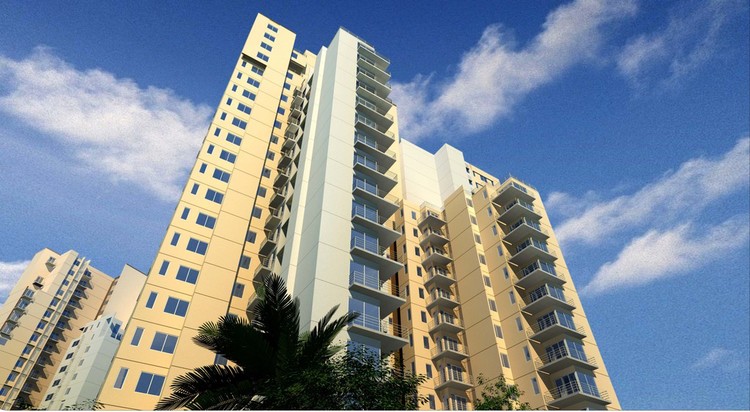The residential real estate market is steadily turning into a buyer’s market at present. Prices have gone down majorly over the last few months, particularly in the second half of last year. As per reports, prices have fallen by approximately 3% in case of residential properties in large Indian cities. The drop in prices makes it a more lucrative market for buyers, considering interest subsidies under the PMAY scheme and lower interest rates on home loans that are being offered at present.
Residential property prices have fallen by approximately 7.3% in Pune and by 5% in Mumbai as per reports. In Chennai, Bangalore and Kolkata, they have gone down by around 3%, 5% and 5% respectively. In Ahmedabad and Hyderabad, prices have, however, increased by 2% and 3% respectively. In the NCR, prices have fallen by approximately 2%. Asset prices have gone down in most big Indian cities while CPI (consumer price inflation) is one index that has gone up in turn. This is indicative of the stress on the market due to unsold inventory, regulatory hurdles and the impact still felt after demonetization.
In fact, reports also state that the number of new project launches in the residential segment went down by a whopping 41% in the year 2017 as compared to 2016. There were only 1, 03, 570 housing units launched and this is overall lower than the market peak in 2010 (4, 80, 000 units) by a whopping 78%. The overall decline in new residential projects has also been a huge 56% in the NCR last year. Housing unit sales last year, dropped by around 7% to stand at 2, 28, 072 units in comparison to sales figures in the year 2016.
On the other hand, compared to the market peak witnessed in the year 2011, they have gone down a gargantuan 38%. However, the unsold inventory in the big cities has come down by 19% which is one heartening development for real estate players and shows that people are still buying homes. The unsold inventory across big cities approximately stands at around 5, 28, 494 units at present. Experts forecast that 60-70% buyers were usually speculative buyers or short-term investors. Both of these types have now left the residential market which is now tilting towards end-users.
A slower but steadier price recovery is anticipated in the residential realty segment. The price reduction will also boost overall recovery since this will go hand in hand with a lowering of sizes of housing units, thereby boosting overall affordability for the average home buyer. There should be a steady increase in home buying transactions in 2018 as a result.




